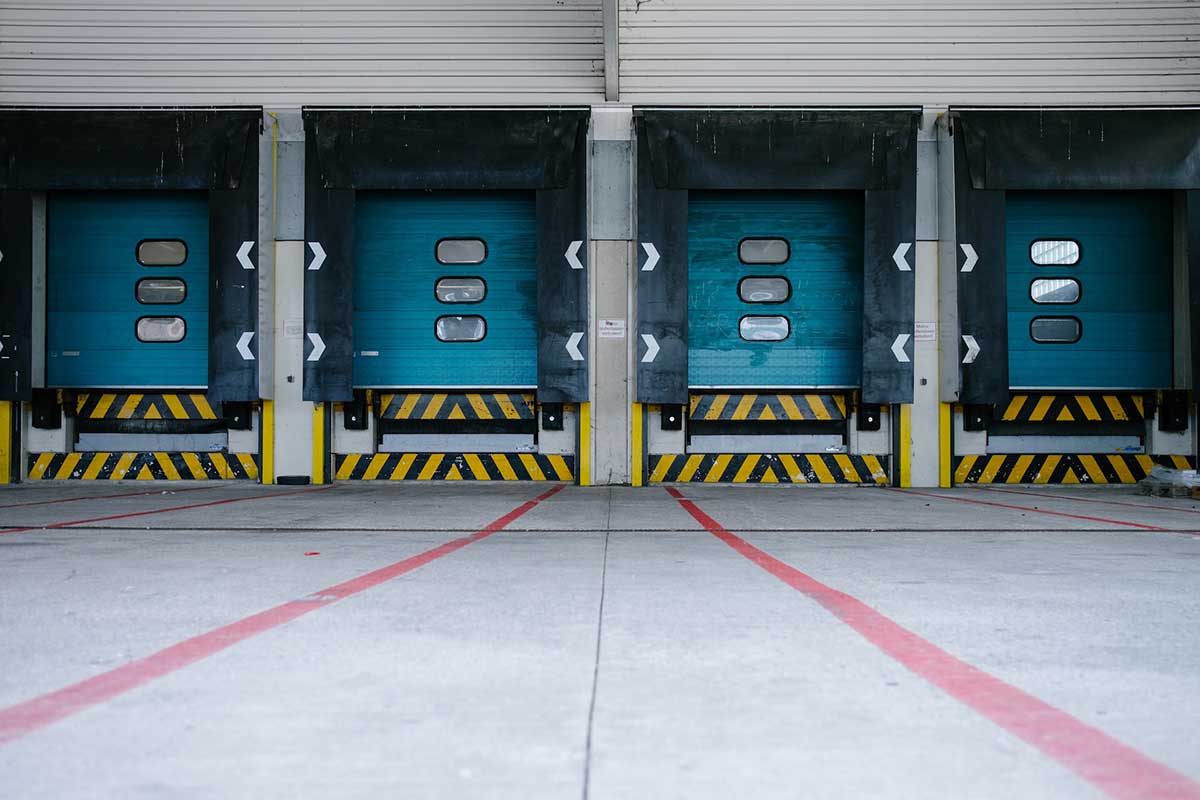An Introduction to Warehouse Management

Storage and distribution are the beginning and the end of every product life cycle. No company can benefit from products sitting idly on their shelves and customers waiting for a delivery. A smooth transition between phases and ongoing delivery is the lifeline of any successful endeavour. When you acquire or produce any products, you must keep them safe, sell them and deliver them to your final customer.
For all of these tasks, a functional warehouse is essential. Through Australia, young and rising enterprises are realising the traditional importance of warehouses and are soon picking up the trend. We’re here to let you know about some of the key benefits.
1. Warehouses Primary Tasks
Let’s start with some mandatory tasks each warehouse must fulfil, so it can bear the name. These tasks are necessary and form the foundation of any warehouse. When designing your ideal warehouse and its operations, most companies are breaking the bank and going all out, but that’s the wrong approach. Your warehouse must first have the equipment to receive any of your products and to be safe to stow them away.
That first phase keeps your investment safe and sound. Regular checking ensures the safety and quality of your products. Which leads to the next three crucial steps. Picking up and packaging is the step in presenting your product to your customer and ensuring a safe journey. Shipping is your cherry on top, and the loading, shipping, and delivering are all one continuous and ongoing step where you transport the final product to your customer.
2. Implementation of WHM Software
Digitalisation is not an uncommon word and process, even in the warehouse environment. At all times, you must be aware of your inventory, where each product is and at what stage of operation its currently in. Without physically going inside a warehouse, counting and inspecting each item, with WHM software, you can save time and money.
Information is power, and by going with professional and recommended national warehousing systems, you can digitalise your warehouse operations and stay ahead of the competition. Gone are the days of manual inspections and physical controls. With bar codes, scanners, GPS trackers and cameras, you can use the WHM software to control and track each part of your warehouse, transitioning your business into the next century.
3. Benefits of outsourcing
We all wish to own our buildings and build something from scratch. While building your warehouse allows for unlimited freedom, such a task is costly and takes a long time. Both factors are something that upstarting and small companies can’t afford in the short run, but they can plan for their long-term expansions. In the meantime, outsourcing your warehousing needs and getting a third party involved is the next best option. From vastly lower building maintenance costs, upstart capital needed, time saved and the benefit of getting instantaneous access to all the established methods and technologies, it’s clear why outsourcing your warehousing needs is the ideal short-term strategy for any rising company.
4. The more, the merrier
When one warehouse can supply and cover an area, then two can do more. It seems simple, but many companies ignore the growing possibilities of an expanding warehouse network. By expanding your horizons, you change the line of thinking from your immediate surroundings to your city, then state and international.
Warehouses connect your company to the world, where each marketplace becomes available. There is a limit to how much one warehouse can cover, and it’s generally a bad idea to stretch the limits of one warehouse to multiple cities or regions. From construction safety (where multiple vehicles overlap and are overworked) to a logistical nightmare and strain, it’s always best to expand the number of warehouses and strive to create your network, then to overload your existing capacities.
With greater coverage comes a bigger customer base and, by extension, a better revenue stream, which can fund further expansions, creating a perpetual motion machine. All you have to do is ride the wave of success and apply the same winning warehouse strategy.
The need for physical warehouses will only rise in Australia’s expanding economy. Customers won’t stop buying anytime soon, and someone must package and deliver all those goods. It’s up to you to remain at the forefront of rising demands, meet its needs and harvest all the success.











